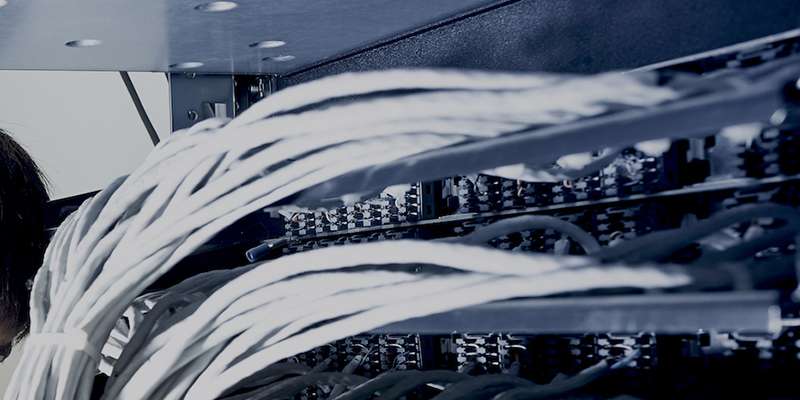Generally, even the smallest offices are set-up with phone, data (internet), and some level of monitoring system. More complex buildings may have more robust IP-based audio-visual systems along with IP-based building automation systems that monitor and control heating, ventilation, air conditioning (HVAC); energy management systems; lighting, window, and shade controls; digital signage; and that can also interface with security systems such as access control systems and video surveillance.
What is one common connection between them all? Cables! They all communicate or transmit via structured cabling platforms.
The technology industry has evolved over the years, but so has the cabling industry, paving the way with best practices. Here are six key principles of cabling design and installation to keep in mind.
To read the complete article as written by PLANNET for BOM click here.






